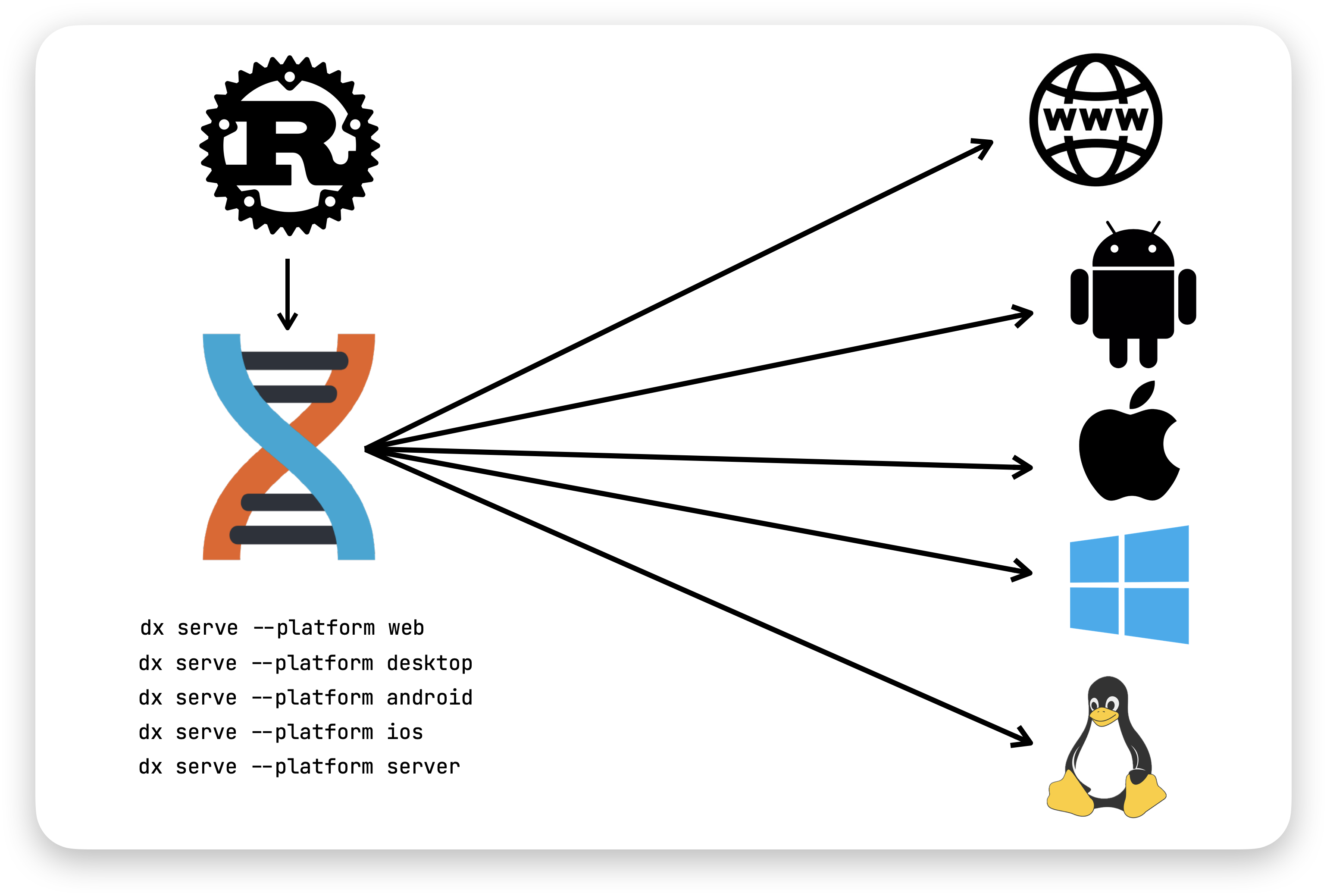Tokio Runtime 配置与原理深入剖析:进阶实战优化指南
引言:Tokio Runtime 在高性能异步 Rust 中的核心作用
在 2025 年 9 月 23 日的 Rust 生态中,Tokio 作为 Rust 最成熟的异步运行时,已更新至 1.47.1 版本(2025 年 8 月 1 日发布),其 Runtime 是构建可靠、高并发应用的基石。Runtime 负责任务调度、IO 事件处理和线程管理,尤其在 IO 密集型场景(如网络服务器、分布式存储)中表现出色。根据最新指南,Tokio 的多线程模型通过工作窃取算法实现高效并发,适用于云原生和边缘计算。本指南深入剖析 Tokio Runtime 的配置与原理,结合优化技巧,提供进阶实战指导。无论你是优化 RustFS 这样的存储系统,还是构建微服务,本文将帮助你将吞吐量提升 2-3 倍,延迟降低 30-50%。我们聚焦 tokio::runtime::Builder 的高级用法,如 new_multi_thread().worker_threads(16).enable_all(),并扩展到生产级调优。
第一章:Tokio Runtime 原理剖析
Runtime 的核心架构
Tokio Runtime 是一个事件驱动的异步执行器,分为两个主要部分:
- Reactor:基于 Mio(跨平台事件通知,如 epoll on Linux, kqueue on macOS, IOCP on Windows)处理 IO 事件。当 IO 就绪时,通过 Waker 唤醒相关任务。
- Executor:调度异步任务(Future)。多线程模式下,使用工作窃取(work-stealing)算法:每个线程有本地队列,空闲时从全局队列或其它线程窃取任务,减少锁争用。
原理:Runtime 运行一个循环,poll 任务直到 Pending,然后处理 IO 事件或定时器。这避免了线程阻塞,实现“廉价”并发(数万任务仅需少量线程)。在高并发下,Runtime 的效率取决于线程配置:过多导致上下文切换开销,过少导致任务饥饿。
单线程 vs 多线程 Runtime
- Current-Thread(
new_current_thread()):所有任务在当前线程执行,适合低并发、无需跨线程的场景(如 CLI 工具)。原理:无工作窃取,减少开销,但 IO 阻塞会卡住整个 Runtime。 - Multi-Thread(
new_multi_thread()):默认模式,适合高并发 IO(如 RustFS 的 S3 服务器)。原理:工作窃取确保负载均衡,线程池动态调整。优化点:在 IO-bound 应用中,多线程胜出,因为它允许并行 poll 多个任务。
阻塞任务处理
阻塞操作(如文件 IO)通过 spawn_blocking 移到专用线程池(默认 512 线程)。原理:避免阻塞主 Reactor。优化:在高 IO 场景,增大池大小以防队列积压。
第二章:Runtime 配置详解
Tokio 的 Runtime 通过 Builder 配置,提供细粒度控制。核心方法如下:
worker_threads(val: usize)
- 原理:设置工作线程数,这些线程始终活跃,用于执行异步任务。默认:CPU 核数(或环境变量
TOKIO_WORKER_THREADS)。值必须 >0。 - 影响:过多线程增加调度开销(上下文切换 ~1-10us);过少导致任务等待。针对 IO-bound(如 RustFS),设为 CPU 核 * 2-4。
- 代码示例:
use tokio::runtime::Builder; let rt = Builder::new_multi_thread() .worker_threads(16) // 高并发优化 .build() .unwrap();
enable_all()
- 原理:启用所有驱动(IO、时间、同步原语)。默认:禁用,必须显式启用。等价于
enable_io()+enable_time()。 - 影响:未启用会导致如
TcpStream或sleep失败。在生产中,启用以支持完整功能,但若无需定时器,可单独启用enable_io()减少开销。 - 代码示例:
let rt = Builder::new_multi_thread() .enable_all() // 启用 IO/时间 .build() .unwrap();
max_blocking_threads(val: usize)
- 原理:设置阻塞线程池上限(默认 512)。这些线程按需创建,空闲 10s 后退出(可通过
thread_keep_alive调)。 - 影响:高并发文件 IO(如 RustFS 的 WAL)需大池防饥饿。队列无界,可能导致内存耗尽。
- 代码示例:
let rt = Builder::new_multi_thread() .max_blocking_threads(1024) // 优化阻塞 IO .build() .unwrap();
其他高级方法
- thread_stack_size(val: usize):设置栈大小(默认 2MiB)。原理:大栈支持深递归,小栈省内存。优化:IO-bound 设小(如 32KiB)。
- on_thread_start/fn:线程启动/停止钩子。原理:注入监控代码。优化:集成 tracing 追踪线程寿命。
- thread_keep_alive(dur: Duration):阻塞线程空闲超时(默认 10s)。优化:IO 峰值期设长(如 60s)。
第三章:优化使用技巧
技巧 1:线程模型调优
- IO-bound:worker_threads = CPU 核 * 2(如 16)。使用工作窃取减少延迟。
- CPU-bound:worker_threads = CPU 核,避免争用。
- 测试:用 criterion 基准,监控
tokio::metrics(需启用rtfeature)。
技巧 2:阻塞池与 spawn_blocking
- 增大 max_blocking_threads 至 1024+,防文件 IO 饥饿。
- 技巧:自定义池 -
Builder::new_multi_thread().global_queue_interval(64)调整窃取间隔,优化低延迟。
技巧 3:监控与钩子
- 用
on_thread_start添加 Prometheus 指标:metrics::counter!("threads_started").inc()。 - 集成 tracing:
tracing_subscriber::fmt().init(),追踪 poll 事件。
技巧 4:种子运行时与确定性
- 对于测试,用
RngSeed种子运行时,确保调度确定性。 - 代码:
Builder::new_multi_thread().rng_seed(42)。
技巧 5:与 io_uring 集成
- 对于 Linux 高 IOPS,结合 Monoio 作为 fallback:条件编译 io_uring feature,桥接 Tokio。
第四章:进阶实战示例
示例 1:RustFS 高并发服务器
配置 Runtime 处理 S3 请求:
use tokio::runtime::Builder;
use tokio::net::TcpListener;
#[tokio::main]
async fn main() -> Result<(), Box<dyn std::error::Error>> {
let rt = Builder::new_multi_thread()
.worker_threads(16)
.max_blocking_threads(1024)
.enable_all()
.build()?;
rt.block_on(async {
let listener = TcpListener::bind("0.0.0.0:9000").await?;
loop {
let (stream, _) = listener.accept().await?;
tokio::spawn(handle_s3_request(stream)); // 高并发处理
}
})
}示例 2:阻塞 IO 优化
在 etag_reader.rs 中用 spawn_blocking:
async fn compute_etag(path: &str) -> String {
tokio::task::spawn_blocking(move || {
// 阻塞文件读取与 MD5
let data = std::fs::read(path).unwrap();
format!("{:x}", md5::compute(&data))
}).await.unwrap()
}第五章:最佳实践与注意事项
- 避免陷阱:勿在 async fn 中阻塞调用(如 std::fs),总用 spawn_blocking。
- 性能测试:用 hyperfine 或 criterion,监控 CPU/内存。
- 兼容性:测试多平台,io_uring 仅 Linux。
- 社区建议:监控线程池,调整窃取间隔。
参考资料
- Tokio 官方教程:https://tokio.rs/tokio/tutorial
- Tokio, Futures, and Beyond:https://leapcell.io/blog/tokio-futures-async-rust
- Beyond the Hype: What Tokio Really Does:https://medium.com/@puneetpm/beyond-the-hype-what-tokio-really-does-in-your-rust-applications-0cb44e3e7c8b
- Tuning Tokio Runtime for Low Latency:https://users.rust-lang.org/t/tuning-tokio-runtime-for-low-latency/129348
- Unlocking Tokio’s Hidden Gems:https://pierrezemb.fr/posts/tokio-hidden-gems/
版权声明:自由转载-非商用-非衍生-保持署名(创意共享3.0许可证)






